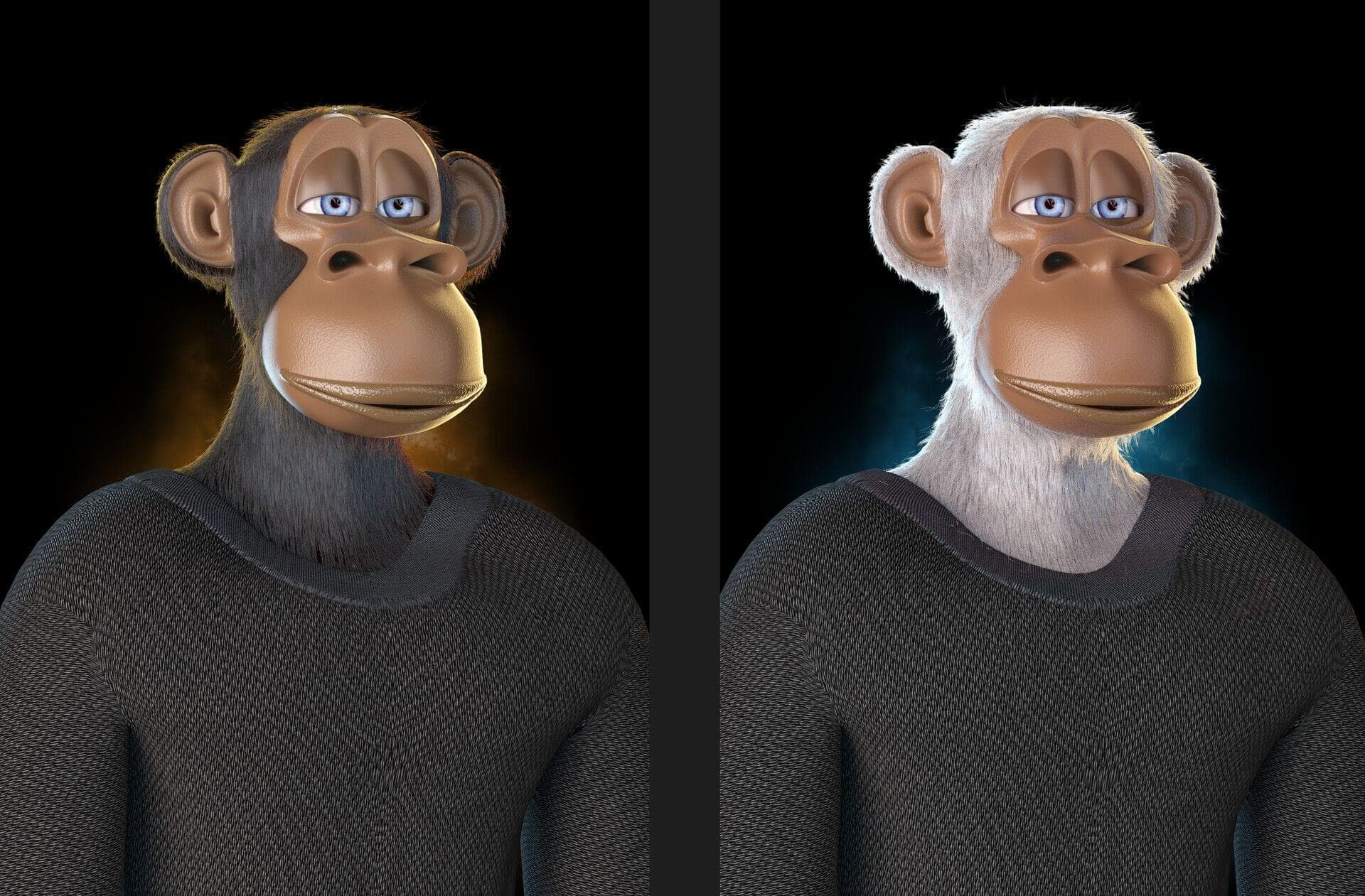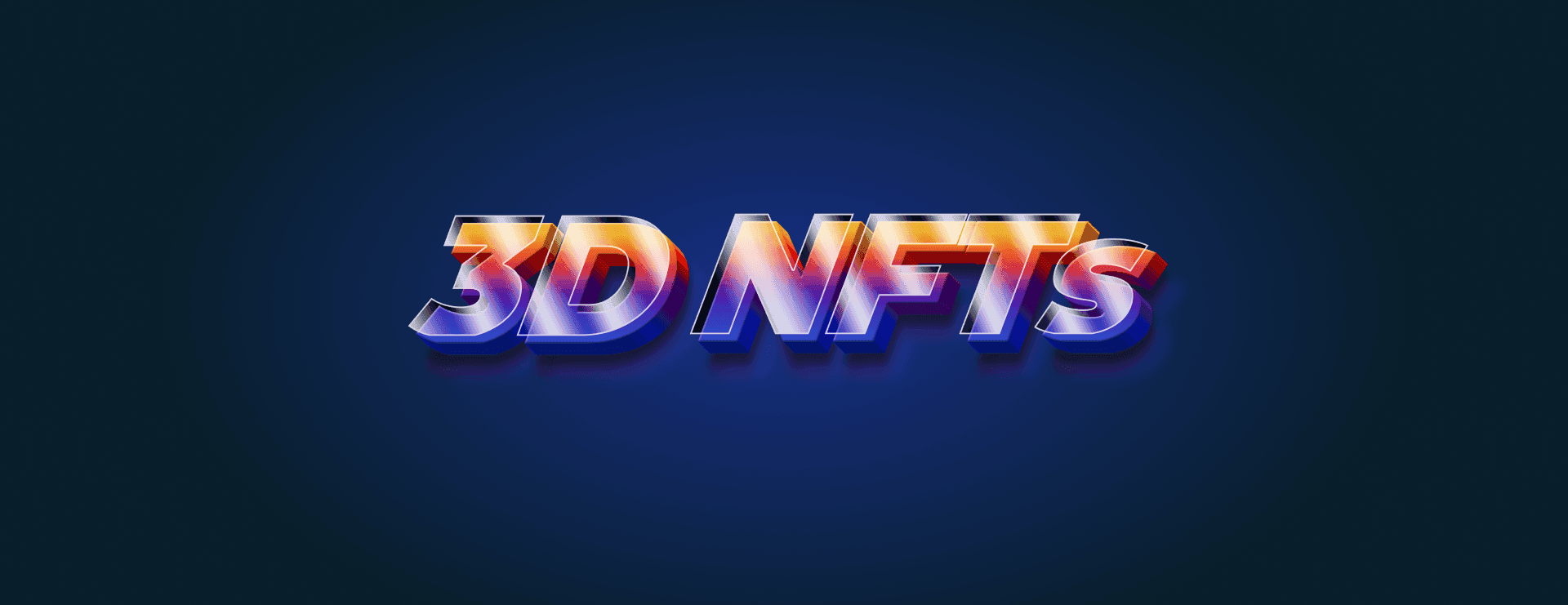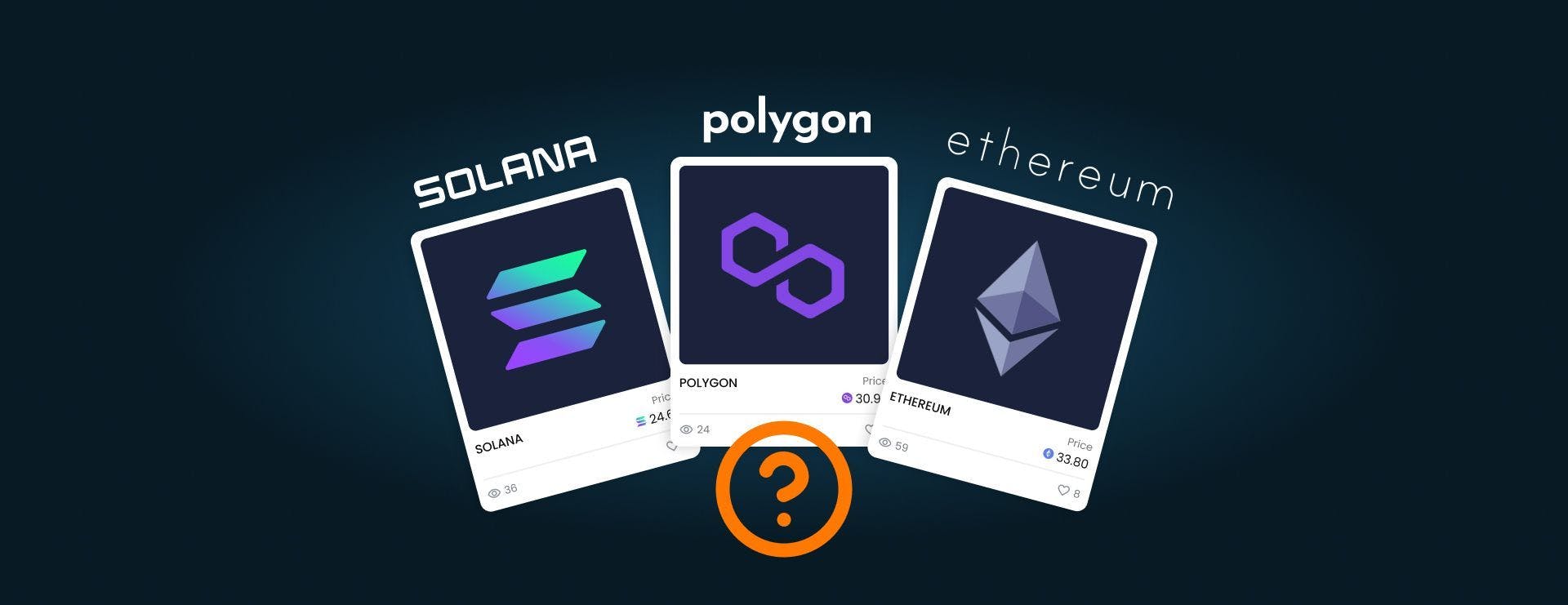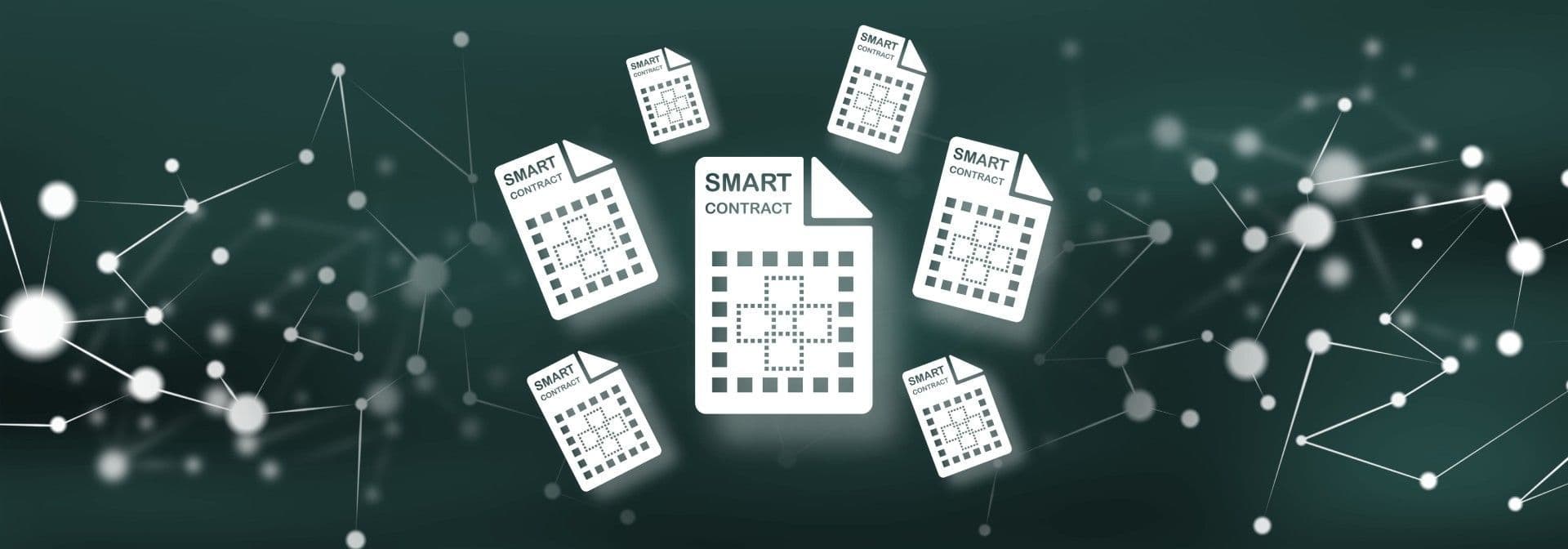Non-fungible tokens, or NFTs, are digital "pockets" that contain an image, video, text, or anything you'd like, that can be bought, sold, or traded on a blockchain. While NFTs have been around for several years, they've only recently gained mainstream attention thanks to the popularity of platforms like Ethereum and Decentraland.
NFTs are unique in that each one is stored as a separate entry on a blockchain. This makes them perfect for representing things like art, collectibles, game items, or even real estate. And because they're stored on a decentralized platform, NFTs are much less susceptible to fraud when compared to traditional assets.
Some NFTs have certain utility behind them, while others simply represent a digital form of art that grants special rights to its owners. However, if we take a look at the current NFT industry, the "art" part of the deal seems to be somewhat lacking. For this reason, alongside the expansion of the metaverse, many new projects are looking towards 3D art as a breakthrough towards wider adoption.
If you're thinking about getting involved in the world of 3D NFTs, here's everything you need to know.
What are NFTs
Before we get into the subject, let's talk about non-fungible tokens in general, and explain how they work. NFTs are digital assets that are stored on a blockchain. Unlike other digital assets, NFTs cannot be replicated. They are also not interchangeable, giving them the name non-fungible. Each NFT is unique and represents ownership of a specific item.
NFTs have been around for a few years, but they gained mainstream attention in 2017 when CryptoKitties became one of the first popular applications built on top of the Ethereum blockchain. Since then, NFTs have been used to represent everything from digital art and collectibles to in-game items and real estate.
While owning an artwork has historically been linked with a certain amount of exclusivity, digital art suffers from an issue of virtual abundance since it is readily available, shared, and replicable. However, even if the digital artwork may be duplicated and shared, the scarcity aspect still exists with NFTs. Despite the shareability and accessibility of the underlying artwork behind the NFT, it’s not really about the shareability, but rather about the ownership. When a creator attaches an artwork to an NFT, it gets marked with a piece of code, which secures the copyright as it’s stored on the blockchain. This is why many believe that NFTs are the way of the future for the art industry.
One of the biggest benefits of NFTs is that they can help reduce fraud and counterfeit items. Because each NFT is stored on a blockchain and can be verified for authenticity, it is much harder to create fake NFTs. In addition, NFTs give creators a way to monetize their digital art. For example, an artist could sell an NFT version of their artwork, and then profit from all future sales. Similarly, a game developer could sell in-game items as NFTs, which would give them value outside of the game itself.
However, there's no denying that NFTs have their drawbacks. One of the biggest drawbacks of NFTs is that they are not widely accepted or understood by the mainstream population. In addition, because NFTs are stored on a blockchain, there can be high transaction fees associated with buying or selling them. Finally, it is important to remember that NFTs are still a new technology and they are subject to all of the same risks as other cryptocurrencies. For example, NFTs could become worthless if the blockchain on which they are stored fails or becomes obsolete.
Note: If you haven’t checked out our previous article on the best blockchain for NFTs, make sure to do so!
What are 3D NFTs
If you’ve spent any time exploring any NFT Marketplace (OpenSea, Rarible, etc.), you’d know that a non-fungible token (NFT) can be anything from photos and video sequences to audio and, yes, 3D models.

As the next step up from 2D NFTs – 3D NFTs promise to be a significant breakthrough in the growth of NFT Marketplaces by appealing to a wider audience, as well as integrating with various Metaverses.
3D NFTs and Widespread Adoption
Even if we disregard every other aspect and utility of non-fungible tokens, it's undeniable that many people consider them cool. And what's cooler than a 2D digital asset? Well, a 3D digital asset!
Digital artwork will certainly be more appealing to a wider audience if it looks good - and that's exactly what 3D models are doing for the NFT sector.
3D NFTs, Gaming, and the Metaverse
It’s obvious that NFTs are quickly altering the way people think of online gaming and asset purchases. For the first time ever, items could be used in multiple games, but also have value beyond it.
In the three-dimensional space, models that complete the gaming experience such as characters and scenery can now be easily created as an NFT.
Converted into NFTs, these 3D game assets will quickly make you think of 2D side-scrolling worlds as archaic - and with more visually stunning games, the sector will reach a larger audience.
At the same time, the Metaverse, the next evolution of the Internet and the current talk of the town in the IT sector, is exploding. This is, of course, happening with the help of 3D NFTs. Unlike popular belief, Metaverse it’s much more than just gaming or entertainment, as even the financial industry looks to capitalize on Metaverse's growth opportunities by incorporating it into their business models.
On top of that, the application of 3D NFTs to the Metaverse will help to create a virtual space for users to connect, interact, play, create, and participate in a decentralized economy.
Metaverse projects such as Decentraland and the Sandbox are considered industry leaders, with thousands of 3D models available for use, and just as many artists that are contributing to their ecosystem. Apart from them, even an IT giant such as Meta has joined the race to become the largest Metaverse project in the world.
3D NFTs are a Great Way to Promote an Up-and-Coming Artist
NFTs have quickly become an outlet for new artists to gain recognition for their work while allowing traditional collectors to take part in the world of digital art. As 3D NFTs gain traction in the art scene and beyond, it's a valuable skill to know how to develop 3D artworks from single images and into larger, more diverse NFT collections that allow the artist to share something unique.
However, creating a 3D NFT may require some adjusting and understanding. Proper 3D NFT creation would require you to also create a generative script that would use the assets created, and generate unique NFTs by combining them.
Are 3D Models Supported on NFT Marketplaces
With 3D models slowly becoming the norm for new NFT projects, marketplaces such as OpenSea and Rarible needed to quickly adapt. At the moment, almost every NFT marketplace supports 3D assets, which is a large step towards the NFT world moving away from 2D and towards 3D as its main form of artistic expression.
On top of that, Metaverse projects such as Decentraland and Sandbox are all about having as many 3D assets as possible in order to provide world creators with as many options as possible.
The Usage of 3D Models in Crypto Websites
One thing to note is that, when it comes to the crypto world and 3D art, NFTs are not the only option for designers. Digital artists that aren't sure whether they want to venture into NFT model creation yet can start dipping their toes in the blockchain world by creating website 3D assets for crypto & blockchain websites.
Three-dimensional (3D) models are increasingly being used in websites to provide a more realistic and engaging experience for users - and this is especially the case for crypto and blockchain websites.
Blockchain technology is often very abstract, and requires a lot of time to be properly understood. However, images and animations could be very helpful in this regard, as they could properly illustrate these abstract concepts. This is where 3D models shine, as they can not only easily explain a very complicated blockchain service, but also look cool while doing it!
Although 3D models require more processing power and may not work on all devices, the benefits of using them far outweigh any potential drawbacks. By using 3D models, website designers can create an immersive environment that allows users to interact with the content in a new and exciting way. Additionally, 3D models can help to give website visitors a better understanding of the products or services on offer. With so many benefits, it is clear that the usage of 3D models in websites is set to increase in the future.
Final Word
It is certain that 3D NFTs will be more appreciated and acknowledged once the Metaverse becomes more popular (whether it be through gaming, or else). These digital properties will slowly move towards becoming our identity and will act as an intermediary for us to interact, experience, learn, as well as connect with other people in the vast virtual space.




